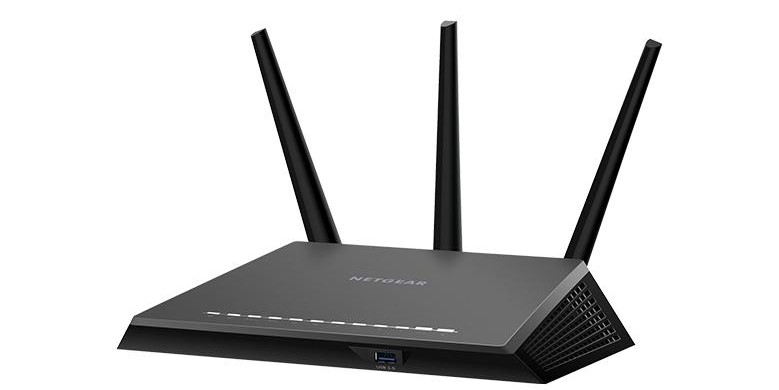In turbine operations, maintaining precise temperature control is essential for ensuring optimal performance, safety, and efficiency. Whether in power plants or industrial settings, turbines operate in harsh environments where small temperature variations can significantly impact their overall functionality. One critical component that aids in maintaining these temperatures is the thermocouple input terminal board
The Basics of Thermocouple Technology
A thermocouple is a temperature sensor made from two dissimilar metals joined at one end. When this junction is exposed to temperature changes, it generates a voltage that corresponds to the temperature difference between the hot and cold junctions. Thermocouples are widely used in turbines due to their durability and ability to measure a wide range of temperatures.
How Do Thermocouples Measure Temperature?
The principle behind thermocouples is the Seebeck effect, where the difference in temperature between two points in a conductive material generates a voltage. This voltage is proportional to the temperature, allowing accurate temperature measurements in harsh environments like those found in turbines.
Types of Thermocouples Used in Turbines
Common thermocouple types used in turbines include Type K (Nickel-Chromium/Nickel-Alumel) and Type J (Iron/Constantan). These thermocouples are chosen for their wide temperature range and ability to withstand the intense conditions in gas and steam turbines.
Role of Thermocouple Input Terminal Boards in Turbines
Functionality of Thermocouple Input Terminal Boards
Thermocouple input terminal boards act as interfaces between the thermocouples and the turbine’s control system. They receive the temperature signals from multiple thermocouples, amplify them, and transmit the data to a central monitoring system. This allows for continuous real-time temperature tracking across different sections of the turbine.
Integration with Turbine Control Systems
The thermocouple input terminal board’s integration with turbine control systems enables operators to monitor temperature data and make critical adjustments in real-time. Whether it’s adjusting fuel flow in a gas turbine or controlling steam temperature in a steam turbine, the board ensures that temperature changes are addressed immediately.
Improving Accuracy in Temperature Monitoring
The thermocouple input terminal board not only gathers temperature data but also ensures its accuracy by filtering out noise and compensating for temperature variations in the environment. This leads to more reliable data, which is essential for effective turbine control.
How Thermocouple Input Terminal Boards Improve Temperature Control
With thermocouple input terminal boards in place, temperature data is collected almost instantly. This allows turbine control systems to respond rapidly to any changes in temperature, improving the overall stability and performance of the turbine.
Enhanced Precision in Temperature Measurement
Thermocouple input terminal boards are designed to eliminate errors caused by noise or signal interference, ensuring that temperature measurements are as precise as possible. This precision is critical for maintaining the efficiency of high-performance turbines.
Improved Temperature Regulation for Better Efficiency
By providing accurate and timely temperature data, thermocouple input terminal boards help maintain the turbine at its optimal operating temperature. This leads to improved fuel efficiency and reduced wear on turbine components, ultimately increasing the turbine’s operational lifespan.
Why Temperature Control is Critical for Turbines
The Impact of Temperature on Turbine Efficiency
Turbine efficiency is directly tied to temperature control. Operating at too high or too low a temperature can decrease efficiency, lead to excess fuel consumption, and cause mechanical failures. Thermocouple input terminal boards help maintain the delicate balance required for efficient turbine performance.
Avoiding Overheating and Mechanical Failures
Overheating can cause severe damage to turbine components, such as blades and bearings. Proper temperature monitoring through thermocouple input terminal boards prevents overheating, ensuring the safe and reliable operation of turbines.
How Improper Temperature Management Affects Turbine Lifespan
If turbine components are exposed to improper temperatures for extended periods, it can result in premature wear and failure. Thermocouple input terminal boards play a crucial role in extending the lifespan of turbines by ensuring components are not exposed to harmful temperatures.
Temperature Control and Emission Reduction in Turbines
Precise temperature control also plays a role in reducing emissions. By optimizing the combustion process in gas turbines, thermocouple input terminal boards can help lower greenhouse gas emissions, contributing to cleaner energy production.
Conclusion
Thermocouple input terminal boards are vital to maintaining precise temperature control in turbine systems. By providing accurate, real-time temperature data, these boards help improve turbine efficiency, enhance safety, reduce emissions, and extend the lifespan of critical components. As turbine technology continues to advance, thermocouple input terminal boards will remain an essential part of optimizing turbine performance and reliability.
Read More: Energy Services



